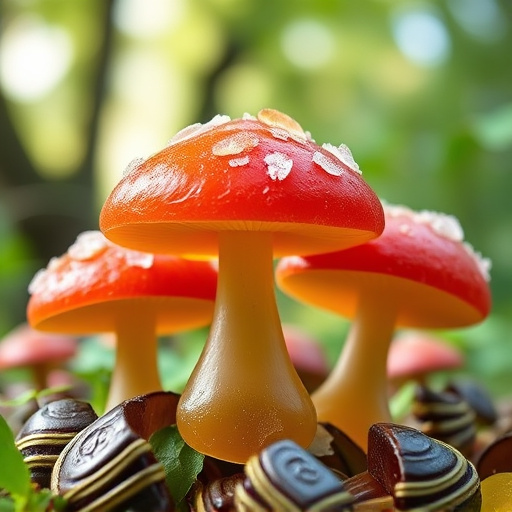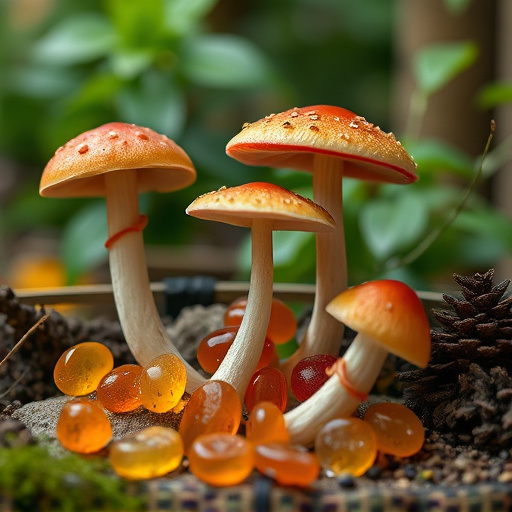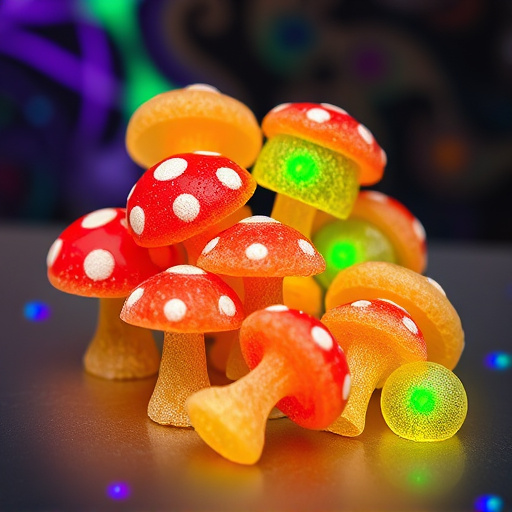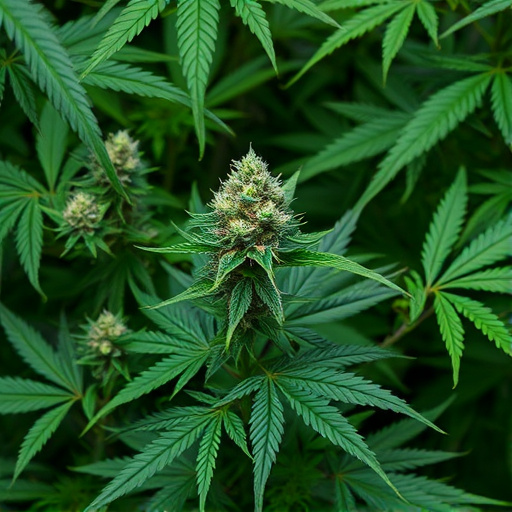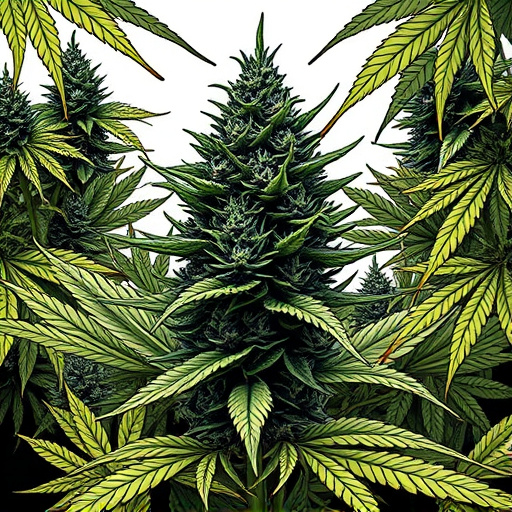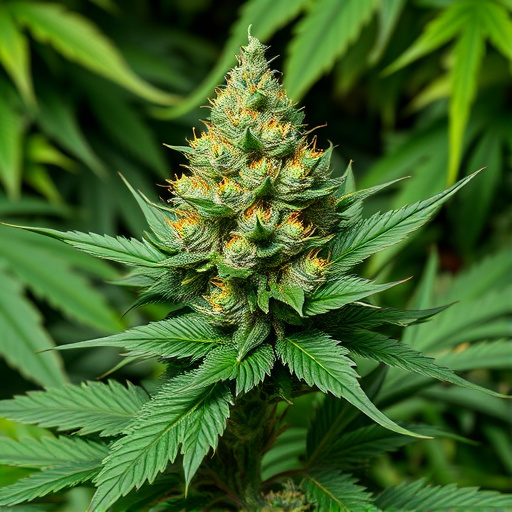Sun-Grown Cannabis prioritizes nature's cultivation methods, using sunlight, fresh air, and outdoor conditions to nurture robust plants with unique traits and potent chemical profiles. This traditional approach enhances genetic diversity, resulting in broader access to original strains with distinct characteristics, flavors, and effects. However, outdoor cultivation faces challenges from limited control over temperature, humidity, and light exposure, making pest management difficult and leading to inconsistent product quality.
In the ever-evolving cannabis landscape, understanding the nuances between sun-grown and indoor cultivation is essential for both farmers and consumers. This article delves into the pros and cons of these contrasting methods, shedding light on their unique advantages and drawbacks. From accessing authentic original strains to controlling precision, discover how each approach shapes the final product. We explore the differences in taste, aroma, and effects, while also peering into the future of cannabis cultivation methods.
- Sun-Grown Cannabis: The Natural Approach
- – Advantages: Access to original strains, outdoor cultivation benefits, natural sunlight effects
- – Disadvantages: Limited control over environment, potential for pest/disease issues, inconsistent quality
Sun-Grown Cannabis: The Natural Approach
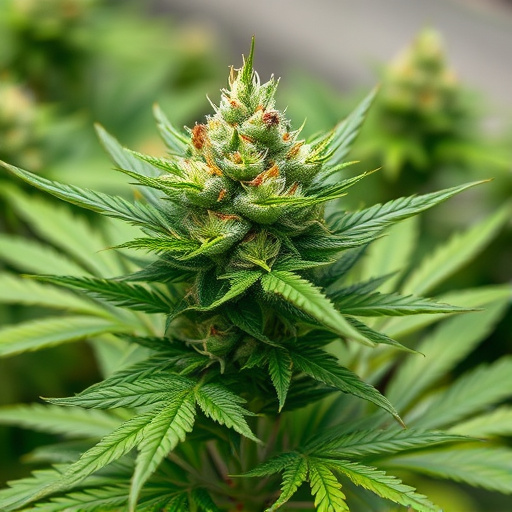
Sun-Grown Cannabis offers a natural and traditional approach, allowing plants to flourish under the sun’s nurturing rays. This method preserves the original strains of cannabis, cultivating unique traits and flavors that can be hard to replicate indoors. By leveraging sunlight, fresh air, and outdoor conditions, Sun-Grown Cannabis produces plants with robust structures and potent chemical profiles. Farmers can select specific microclimates that suit different varieties, enhancing the overall quality and diversity of the harvest.
The natural process promotes a slower growth rate, enabling cannabis to develop complex compounds over an extended period. This results in higher terpene concentrations and more diverse cannabinoid profiles, contributing to unique sensory experiences. Sun-Grown Cannabis is also eco-friendly, as it avoids energy-intensive growing systems and reduces water consumption compared to indoor cultivation.
– Advantages: Access to original strains, outdoor cultivation benefits, natural sunlight effects
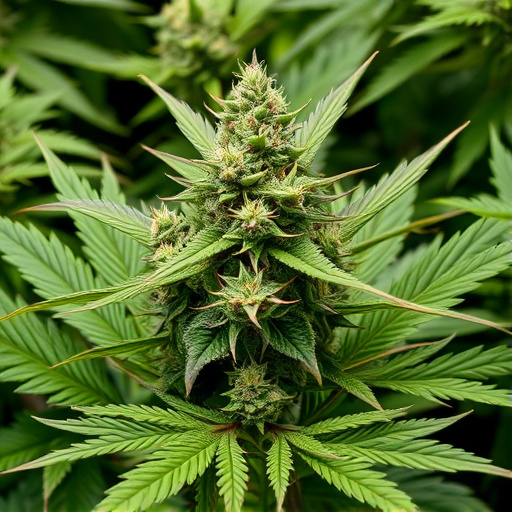
Sun-grown cannabis offers a unique set of advantages that appeal to many enthusiasts and cultivators. One of the primary benefits is access to original strains. When cannabis is grown outdoors, it allows for a broader diversity of natural genetic expressions, preserving and amplifying the original traits of various strains. This means growers can select from a wide range of plants with distinct characteristics, flavors, and effects.
Moreover, outdoor cultivation takes advantage of natural sunlight, which plays a significant role in plant growth and development. Sunlight provides essential vitamins and minerals, contributing to healthier cannabis plants with more robust structures and potent profiles. The natural environment also offers benefits like improved air circulation and exposure to varying temperature conditions, fostering a more diverse microbiome and potentially enhancing the overall quality and potency of the final product.
– Disadvantages: Limited control over environment, potential for pest/disease issues, inconsistent quality
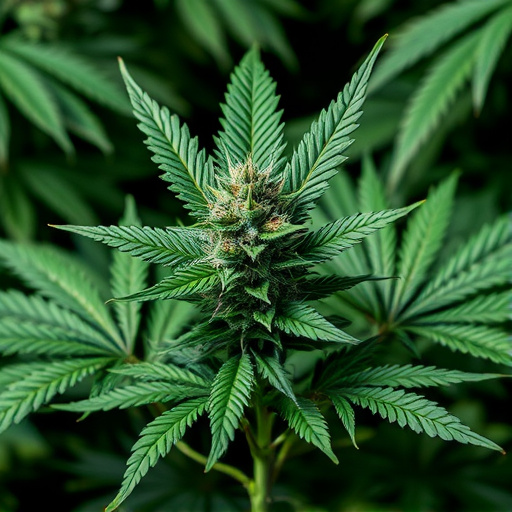
Growing cannabis outdoors, while offering a more natural setting for plants to thrive, comes with several disadvantages. One of the main challenges is limited control over environmental factors such as temperature, humidity, and light exposure. This unpredictability can lead to inconsistent quality in the final product, as outdoor conditions vary greatly throughout different seasons and even daily.
Additionally, sun-grown cannabis gardens are more susceptible to pest and disease outbreaks, which can be difficult and time-consuming to manage. Without the ability to isolate plants or control the atmosphere indoors, farmers face higher risks of crop damage from insects, fungi, and other pathogens. This unpredictability in quality and yield makes it harder to maintain consistency for specific original strains of cannabis that consumers have come to expect and enjoy.
In the ongoing debate between sun-grown and indoor cannabis cultivation, each method offers unique advantages and challenges. Sun-grown cannabis benefits from natural sunlight and outdoor environments, providing access to original strains and enhancing terpene profiles. However, this approach is susceptible to pest and disease outbreaks and may result in inconsistent product quality. Indoor cultivation, on the other hand, offers more control over environmental factors but lacks the natural benefits of sun-grown methods. As consumers seek high-quality, consistent products, understanding these pros and cons is crucial for making informed choices within the diverse cannabis market, especially when it comes to appreciating the nuances of original strains.


